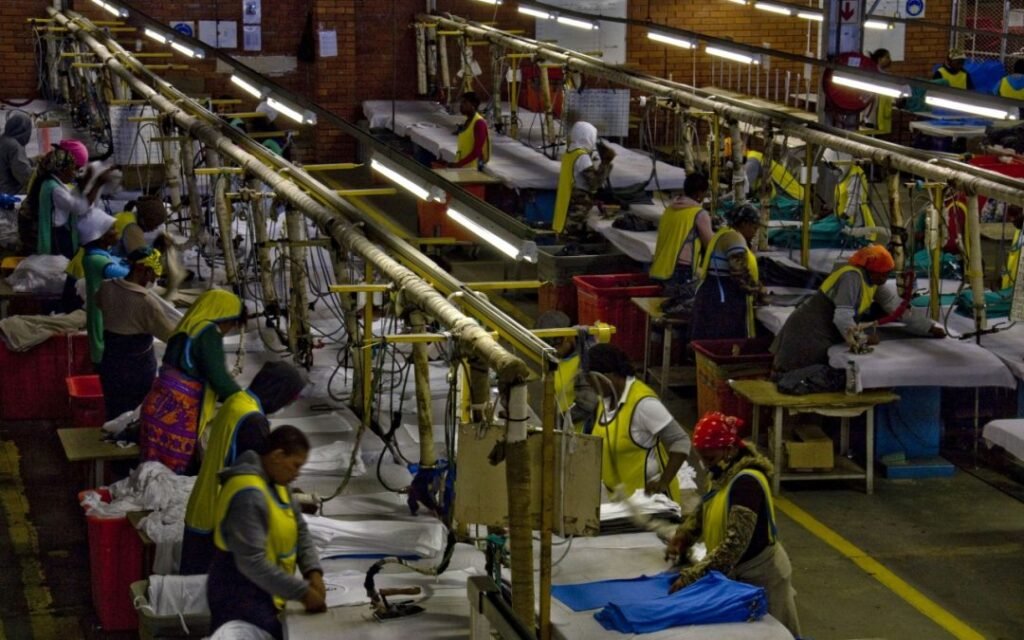Private sector credit growth is expected to recover by the end of 2025 compared to the previous year, despite a slight decrease in growth in March compared to January 2025. According to the Central Bank of Kenya’s latest Market Perceptions Survey, financial institutions expected private sector credit to grow by only 12.1% in March, compared to 13% in January.
Despite this decrease, financial institutions are confident that recovery will emerge across key sectors of the economy. The economy is currently showing signs of stabilizing, with inflation expectations anchored around 5% and the shilling holding steady against major currencies.
According to the survey, large banks are the most optimistic, forecasting credit growth of 20.3%, while smaller banks anticipate a more modest 11.0% expansion.
This variation reflects differing risk appetites and customer profiles, with larger institutions likely positioned to serve corporate clients who may be the first to benefit from improving economic conditions.
The banking sector’s confidence appears well-founded, with 74% of respondents anticipating stronger demand for credit in the April-May period compared to the previous two months. The recent reduction in the Central Bank Rate and cash reserve requirements has started easing liquidity conditions, making banks more willing to lend.
Meanwhile, businesses across key sectors, particularly agriculture, manufacturing, and trade, are showing renewed interest in borrowing to fund working capital needs and capital expenditures. For example, the agricultural sector is expected to grow by 5.0%, benefiting from favorable weather patterns and government support programs such as fertilizer subsidies.
However, the road to full credit recovery is not without its challenges. Nearly 40% of non-bank firms surveyed indicated they have no plans to hire additional staff in 2025, citing high operational costs and tax burdens as ongoing constraints.
This hesitation among businesses could temper the expected credit expansion, particularly among smaller enterprises that form the backbone of Kenya’s private sector.
Additionally, global headwinds, including trade tensions and geopolitical uncertainties, continue to cast shadows over the economic outlook. The sustainability of credit growth will likely depend on how several key factors evolve. The timely settlement of government arrears to suppliers could provide much-needed liquidity to spur business activity.
Therefore, maintaining stable macroeconomic policies, particularly in taxation and regulation, will be crucial for sustaining business confidence. Perhaps most importantly, the banking sector’s ability to tailor financial products to meet the needs of diverse borrowers—from large corporations to micro-enterprises—will determine how broadly the benefits of credit expansion will be felt across the economy.


